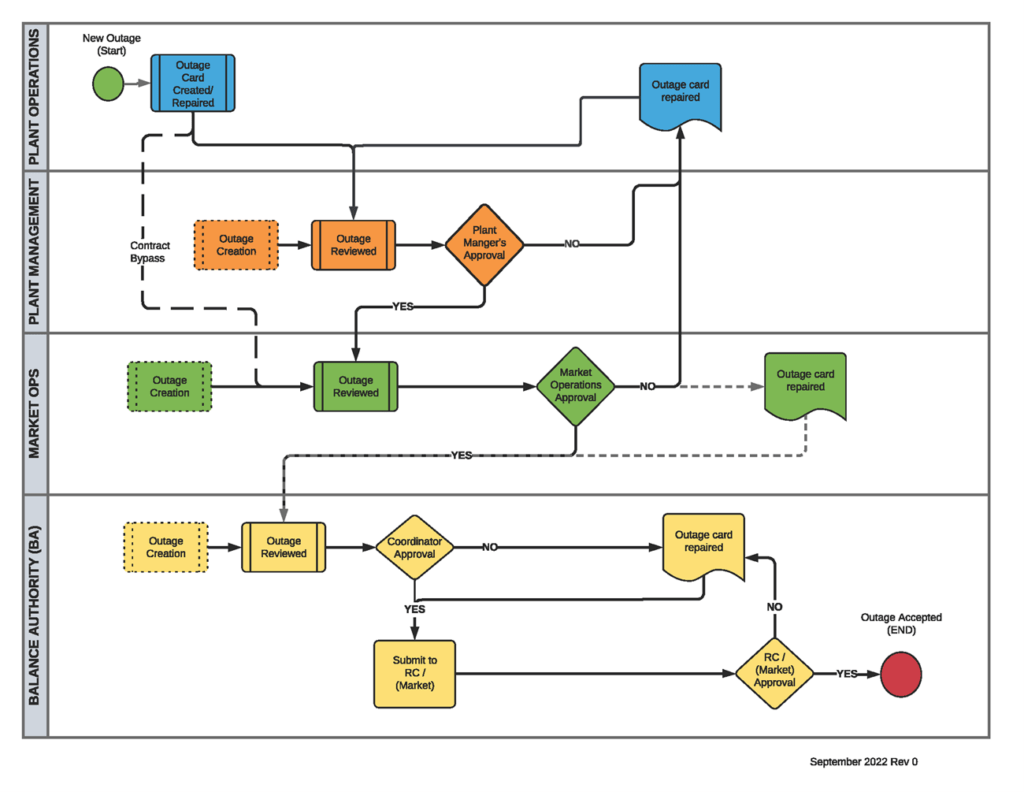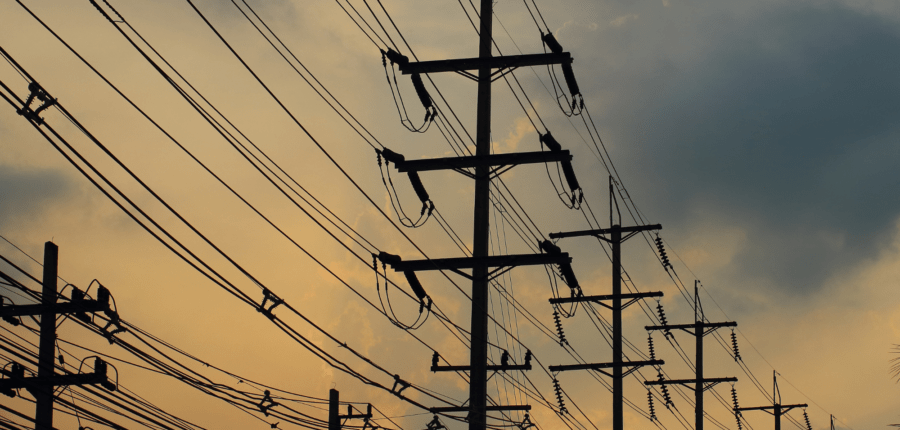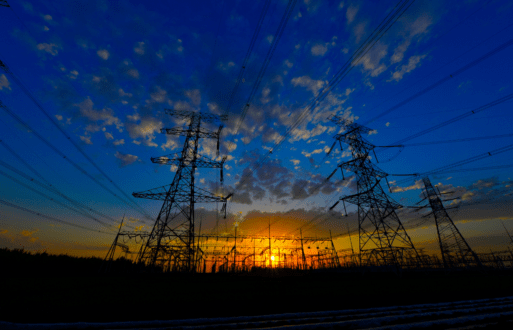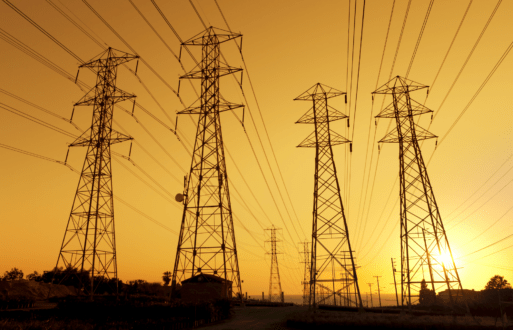Even though traditional outage management systems (OMSs) streamline the planning process, outage management remains labor and time intensive. There’s nothing glamorous about manually balancing the outage rules of dozens of assets with the needs of dozens of stakeholders to schedule routine facility maintenance and repair.
Until recently, automating the outage process end to end seemed out of reach due to the sheer number of moving parts and manual adjustments required. But given the right data inputs, artificial intelligence (AI) can revolutionize how we manage outages, saving utilities both time and money.
Here’s what the future of AI-assisted OMS could look like.
AI will revolutionize outage management
There are three broad categories of outage management, each with its own planning construct:
- Short-term and immediate outage management: Forced, emergency, and urgent outages that occur when a unit trips offline unexpectedly or someone needs to fix a problem at a site.
- Long-term Outage Management: Planned maintenance and repair outages based on existing long-term service agreement (LTSA) contracts, past performance of equipment, seasonality, budget, projected demand, crew availability, price forecast, and several other factors.
- Analytics and Retrospective: Post-outage analysis to determine the actual impact and learn how the outage could have been scheduled “better” next time.
All three of these aspects can be automated with data-driven analytics and the optimization abilities of a modern AI-assisted OMS.
When it comes to short-term and immediate outage management, AI can monitor systems that track generating units and transmission equipment, recognizing an outage based on telemetry loss. While your field crew is focused on resolving a forced or emergency outage, the AI automatically creates outage records. It can even submit those records to external entities to prevent compliance violations and provide timely outage communications.
But it’s in the areas of long-term outage management and analytics that AI presents the greatest opportunities for OMS.
How AI simplifies long-term outage management
As AI technology has evolved, it’s become more capable of making the complex decisions usually made by humans. This is because AI learns just like we do; the more data you give, the more optimized its suggestions become.
AI is beneficial in guiding complex decision-making processes because it can evaluate thousands of data points faster than any human ever could — this is why it’s ideal for long-term facility outage planning. Here’s how it could work:
Every one of the thousands of data points going into long-term outage planning can be sourced through third-party or internal interfaces and plugged into proprietary optimization algorithms. The system then uses those data points to suggest the ideal windows of time to take outages.
Crunching the numbers
First, we’d provide the AI engine with rules that can be applied to your existing asset portfolio. These aren’t fixed rules; you’d be able to adapt and tweak them to best suit the way your utility does business.
Then, the system would pre-populate historical outage data taken against specific equipment. This minimizes the time the planner must spend typing standard yet tedious details. From these data points, the system would learn, for example, if there are specific weeks of the year you typically avoid taking outages for a particular type of facility. It would also consider the outcome and learnings from previous outages to ensure you consider the actual impact every outage has on the bottom line.
Next, the AI would evaluate external market factors like transmission and fuel feeder outages. It would integrate historical data and data on upcoming outages to understand what might happen in the coming months and years.
This chart illustrates some of the various inputs the AI would consider. Keep in mind that for each facility added, the workflow complexity increases exponentially.

Once it’s considered all the pre-populated rules and historical data points, the AI would suggest timelines for what it thinks would be appropriate for each outage. The results would be displayed in a highly visual and intuitive interface.
Intuitive visualizations
Imagine your next planning meeting when you’re all gathered around the conference room table. Your AI-driven OMS has crunched the numbers and is displaying a timeline of outages so stakeholders can identify overlaps or potential problems. The simple, intuitive platform makes changes easy.
Let’s say the team decides to exclude two of your standard rules. Rather than typing in tedious amounts of data to adjust your schedule, with a couple of clicks, you can change the parameters, rerun the study, and in moments you’ll see how the new schedule compares with previous versions. This analytics-driven decision-making allows users to perform an if-then analysis against competing plans to determine which is better.
And here’s the genius of the AI system: as you continue to fine-tune its outage suggestions, the AI “learns” and integrates the new data into its algorithm. And the next time you run your scenario, it’s smarter.
The value of AI-driven automation
It’s essential to remember that the quality of outputs for automated systems, like we’re talking about, is directly related to the quality of its inputs. When the system is presented with a rudimentary set of rules and not much “training,” its capabilities are limited. But a well-tuned optimization engine driven by a diverse set of complementary inputs can generate an entire five-year outage plan for large fleets with little to no oversight.
That saves you both time and money. Leveraging outage management automation can save utilities up to $1M each year in direct and indirect savings.
A good outage management system allows users to quickly and easily manage outages. A great outage management system uses automation to reduce the time and costs associated with outages. With artificial intelligence, this utopia may be closer to realization than you think.
Visit our Transmission Outage solution page to learn more about how PCI’s Transmission Outage Management can streamline your operations and improve communications between your field crew, substation operations, schedulers, and control room.






